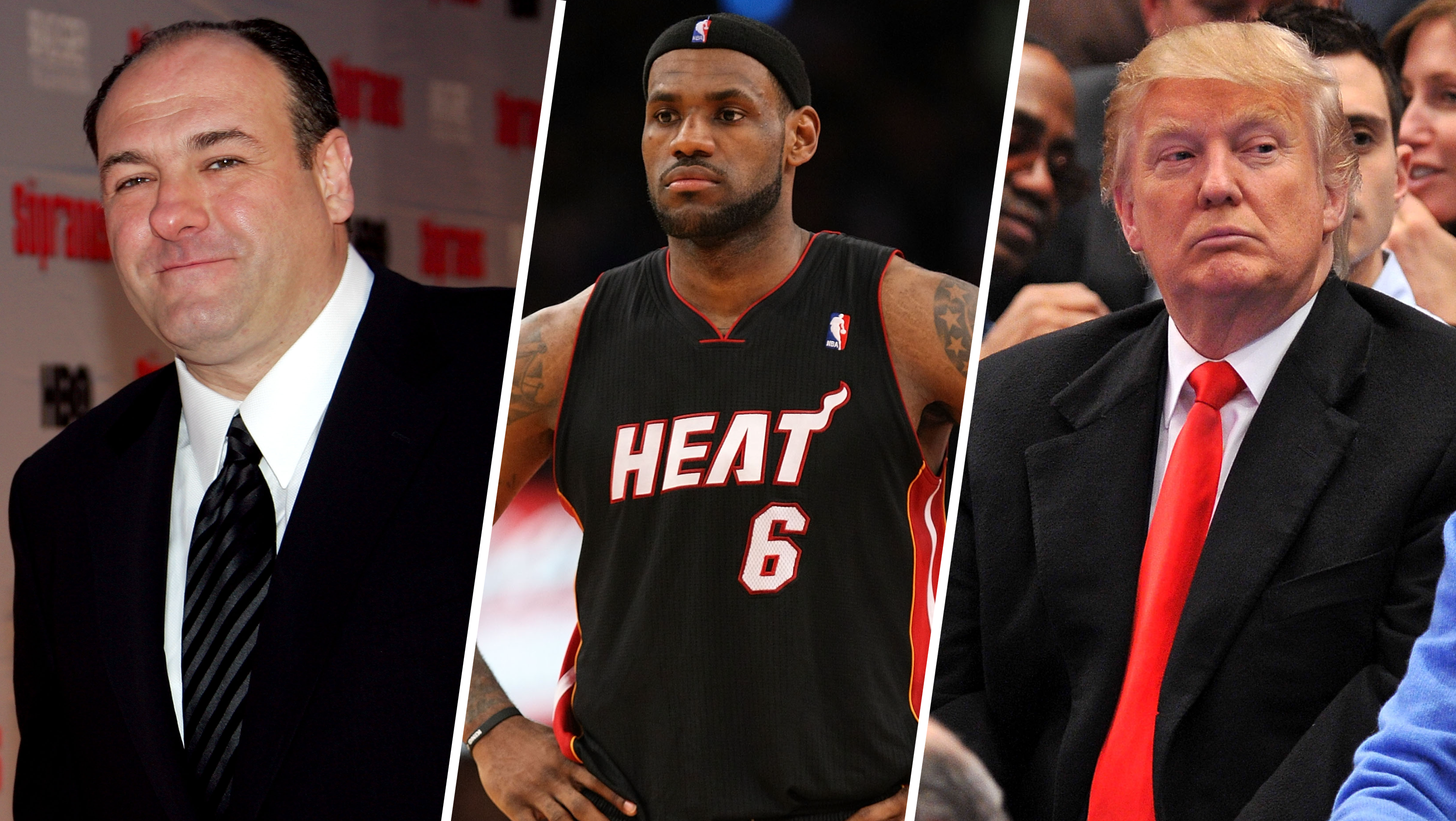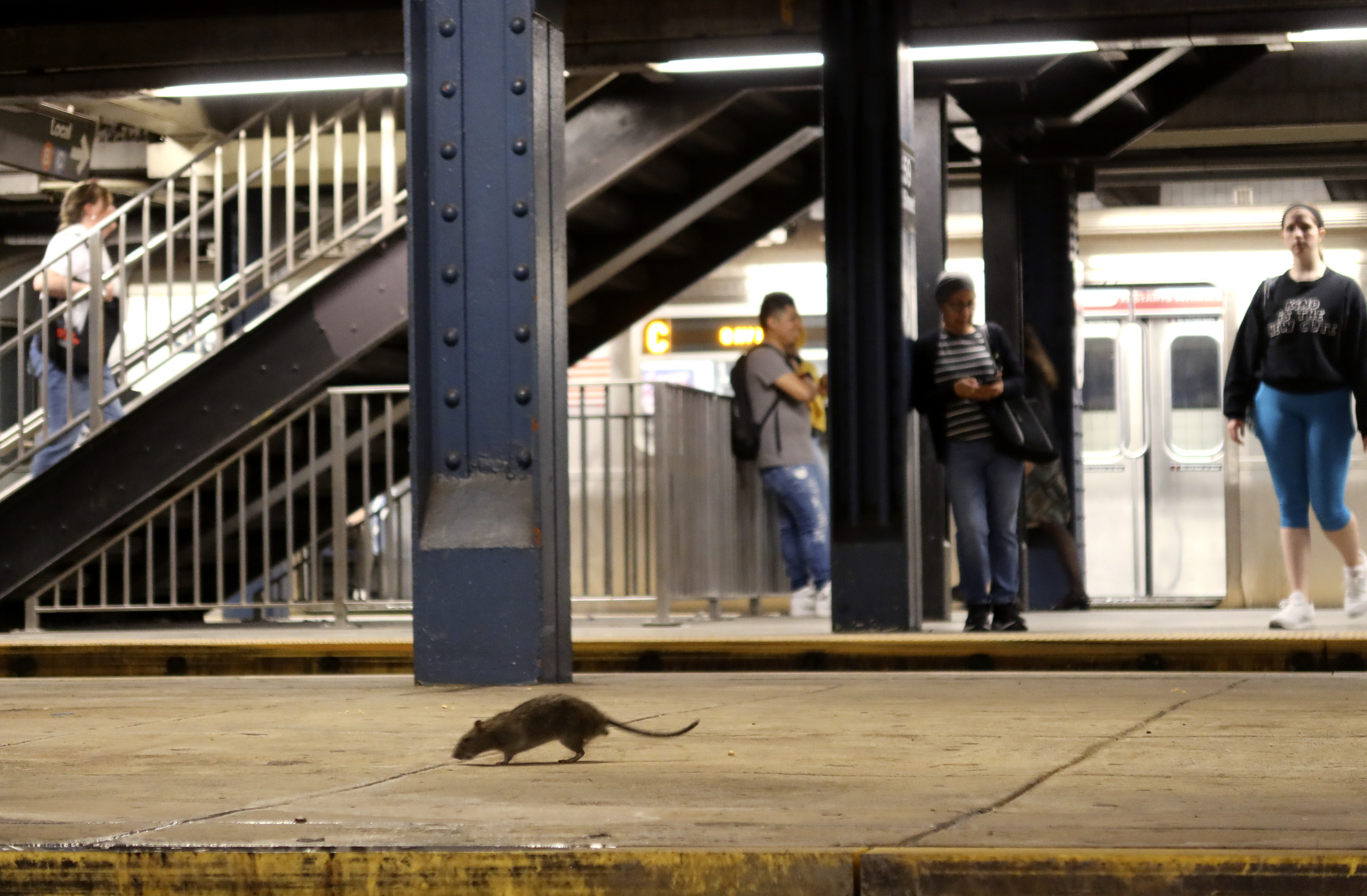The third rail at the Metro-North railroad crossing where a train crashed into an SUV, killing six people and injuring 15 others earlier this week, spiked up and pierced the first rail car in 12 different pieces of 39-feet sections, federal investigators said Friday.
Questions over how the third rail dislodged so violently at the Westchester crossing loom as the National Transportation Safety Board continues its investigation into the deadliest accident in the commuter rail's decades-long history.
At a news briefing Friday, NTSB Vice Chairman Robert Sumwalt provided more details on the agency's interview with engineer Steven Smalls Thursday and with the conductor on Friday, along with new information gathered from some of the train's event recorders.
Six hundred and fifty people were on board train No. 659 when it slammed into the SUV stopped at a crossing in Valhalla at about 6:30 p.m. Tuesday, less than an hour after leaving Grand Central.
Smalls told investigators he saw a "reflection" at the Commerce Street crossing as his train approached it, and soon realized it was the front end of a vehicle on the track, Sumwalt said. He immediately put the train into emergency brake mode, and then saw the car advance fully onto the track.
Smalls said he realized it was a woman in the car, but he could not see anything else, said Sumwalt. The car disappeared underneath him and it moved out of his line of sight.
Data from the recorders on the train showed it struck the SUV about four seconds after going into emergency brake mode, and that it was going about 48 mph at the time of the crash. The train continued to travel another 650 feet after striking the car. It normally takes about 950 feet and 30 seconds for the train to stop after going into emergency mode, Sumwalt said a day earlier.
Local
Smalls felt the collision and noticed sparks, but does not recall hearing an explosion, Sumwalt said. He did not realized the third rail had penetrated his train car.
The train came to a stop, and smoke immediately began filling the engineers compartment. Smalls radioed in the emergency and walked out into the first train car to find the back of the car on fire, said Sumwalt. He helped five or six passengers got out of the train car, and when the smoke got too dense, he left the train.
When he got off, he saw a passenger crawling toward the door, and Smalls immediately turned around and grabbed him, holding him in a fireman's pose, and handed him to an emergency responder behind him. He tried to go back into the car to rescue someone else but couldn't because of the fire.
"I think it goes without saying that he's very traumatized," Sumwalt said of Smalls, whose demeanor he described as "very professional" during the interview.
Smalls' attorney told NBC 4 New York exclusively Thursday that he was "devastated" and that "he saw horrors someone he shouldn't have to see, and did everything he could to help every single individual involved."
The conductor was in the sixth car of the eight-car train at the time of the crash, according to Sumwalt. He told investigators that he felt the emergency brake application, and learned the train had struck a car when he got on the radio with Smalls. He made a PA announcement asking passengers to remain calm and wait for further instructions.
He walked to the back of the train to check on passengers, and when he got to the last car, positioned nearly directly over the crossing by that time, the decision was made to evacuate the train, said Sumwalt. As the train was evacuated, the conductor walked forward to ensure all the passengers had successfully gotten off, and he stayed on the train until he was certain all the passengers in the cars he'd walked through -- eight through three -- were off.
The evacuation was orderly, he told investigators.
Smalls was hired by Metro-North in 2010 as an electrician, and transferred to become a locomotive engineer in March 2013, according to Sumwalt. He operated the Harlem train line about three times a week, and on Tuesday, went on duty at 9:37 a.m. He'd operated three previous trains Tuesday, and this was his fourth and last scheduled leg of the day.
Nothing unusual came out of the all pre-trip inspections before the train left Grand Central at 5:45 p.m., Smalls told investigators. The horn, headlights and radio were all in proper working order, and there was no problem handling the train or leaving the station.
The NTSB update Friday was the last one on site. Sumwalt said the investigation is just beginning, and the agency will continue to piece together a timeline as they bring the information back to Washington.
Earlier, U.S. Sen. Richard Blumenthal of Connecticut and U.S. Sen. Charles Schumer of New York, longtime advocates of improved rail safety, toured the scene of the crash in Valhalla and visited the burned-out first car sitting at a Metro-North yard in White Plains, where federal investigators were combing through evidence.
Some pieces of the third rail were visible in the scorched rail car.
"It's so sad and gut-wrenching. It's one of the worst experiences I've had in elected life," said Schumer.
Trains hit cars on the tracks many times a year, but such crashes rarely kill train riders. Investigators have emphasized that they want to figure out why this one did, becoming the deadliest accident in the 32-year history of one of the nation's busiest commuter railroads.
"This crash was preventable," said Blumenthal. "This tragedy could and should have been prevented."
Train expert Bill Vantuano of Railroad Age magazine said no one he knows has ever seen anything like it, where the third rail "loses power but still becomes a flaming arrow, and breaks up and enters one of the vulnerable spots on the bottom of that rail car."
"The odds are slim to none, but it happened," he said.
Metro-North third rails are designed differently, down low for protection from snow and ice; there's no reason it should have come up flying, Vantuano said.
Investigators are looking for any elements that may have intensified the fire that ensued after the crash, which they believe was ignited by the SUV's gas tank. The NTSB has been examining such factors as the adequacy of emergency exits, the crashworthiness of the train cars and the third rail's design.
The design was an unusual one, Sumwalt said, but investigators have yet to determine whether that played any role in allowing the rail to pierce the train cars.
Sumwalt said Thursday that the SUV, driven by Ellen Brody, was inside the danger zone inside railroad crossing gates for about 30 seconds before the train smashed into it. Brody, a married mother of three described by friends as safety-conscious, was among the six who died in the collision.
A preliminary review of the train's data recorders also shows the train was traveling at 58 mph, just under the 60 mph speed limit, before it went into emergency brake mode, said Sumwalt. The train had not been scheduled to stop at the Valhalla station and therefore would have had no reason to slow down in advance, officials have said.
Flashing lights at the crossing illuminated 39 seconds before the wreck and the gates came down a few seconds later.
All traffic and crossing signals were working properly, Sumwalt said. The train's horn was sounded at a proper grade-crossing cadence: two long blasts, one short blast and another long blast.
Smalls' account of the crash appears to mesh with that of the driver who was behind Brody at the crossing. Rick Hope told investigators traffic was "inching along" near the crossing before the accident, and he saw her move onto the crossing and stop, Sumwalt said Thursday. As she stopped driving, the crossing gates came down, trapping her vehicle.
According to Sumwalt, Hope told investigators he backed up and thought Brody would do the same. When she didn't, Hope said he motioned with his hands and tried to communicate to her to back up but she got out of the car instead to check the back where the gates had come down.
"The accident driver then entered her vehicle and sat there for a moment, and he described it as if she had enough time to put on her seatbelt," Sumwalt said of Hope's account to investigators. "The accident driver suddenly pulled forward and as she did so, the train struck her car."
It's not clear if there was traffic on the other side of the crossing that may have prevented Brody from driving all the way forward off the tracks.
"We're still looking into that to find out what the factors and circumstances were that allowed a vehicle to end up on the tracks," said Sumwalt.
The Associated Press reported Friday that the crossing had undergone a number of upgrades in recent years to reduce the risk of accidents, but some planned work -- the insallation of a third set of flashing lights -- was never done.
Drivers approaching the nearby Taconic State Parkway from Commerce Street bump over the tracks, then have just a few car-lengths of space before they reach the traffic light controlling access to the parkway.
All grade-level rail crossings are inherently dangerous, but those less than 200 feet from traffic lights are considered especially problematic because of the danger of cars screeching to a halt in dangerous positions.
In 2008, new traffic signal control equipment was installed at Commerce Street to ensure that drivers trying to get out of the crossing wouldn't be blocked by a red light at the intersection ahead. The system also prevents traffic backups at the crossing from spilling back onto the Taconic, according to the Transportation Department and Metro-North's parent agency.
Metro-North said it also replaced the flashing red lights at the crossing with brighter LED models. And in 2010 the town of Mount Pleasant, where the crossing is located, installed two signs there saying, "Do not stop on tracks."
Five passengers on the train, Eric Vandercar, Joseph Nadol, Walter Liedtke, Robert Dirks and Aditya Tomar, and Brody were killed when the train slammed into Brody's SUV. After the collision, the train burst into flames and pushed the SUV 650 feet down the tracks before coming to a halt.
Funeral services were held for Brody and Vandercar Friday.
-- Andrew Siff contributed to this report.



